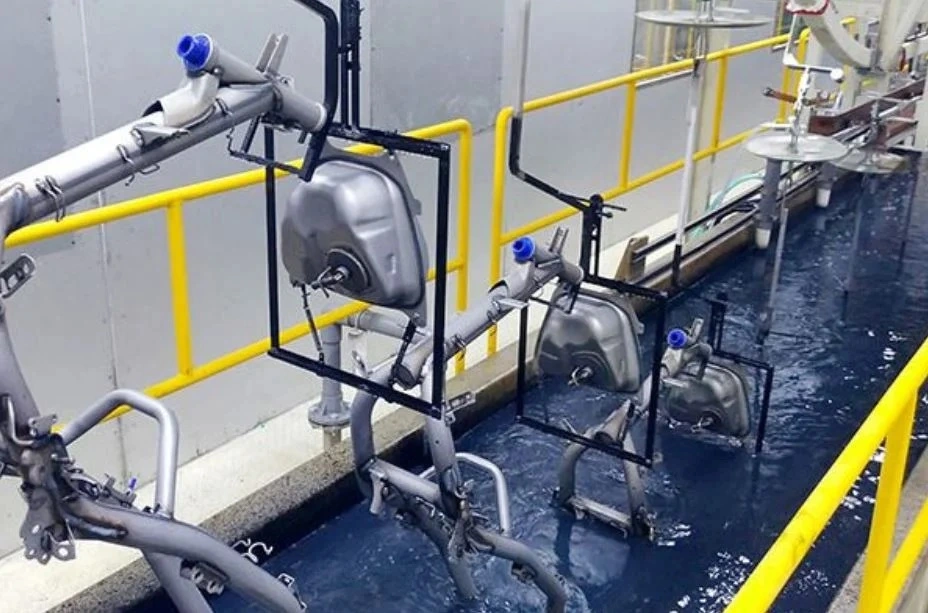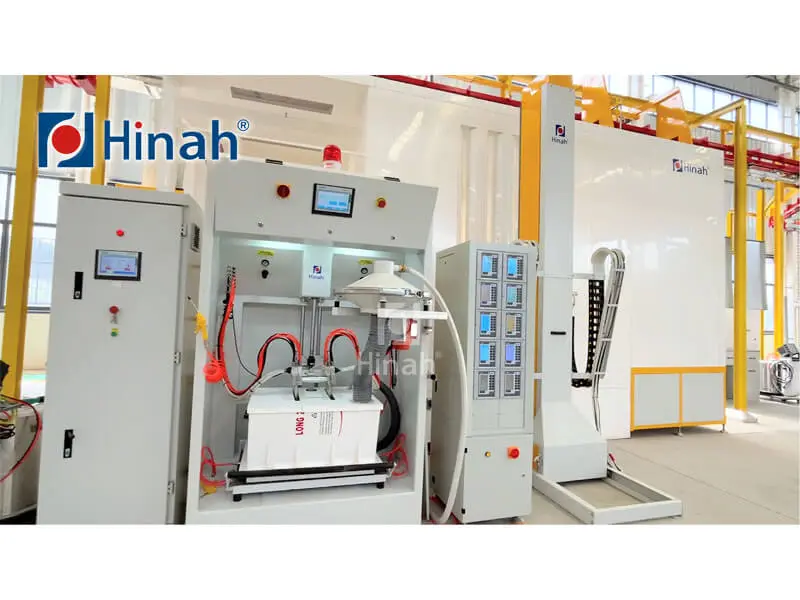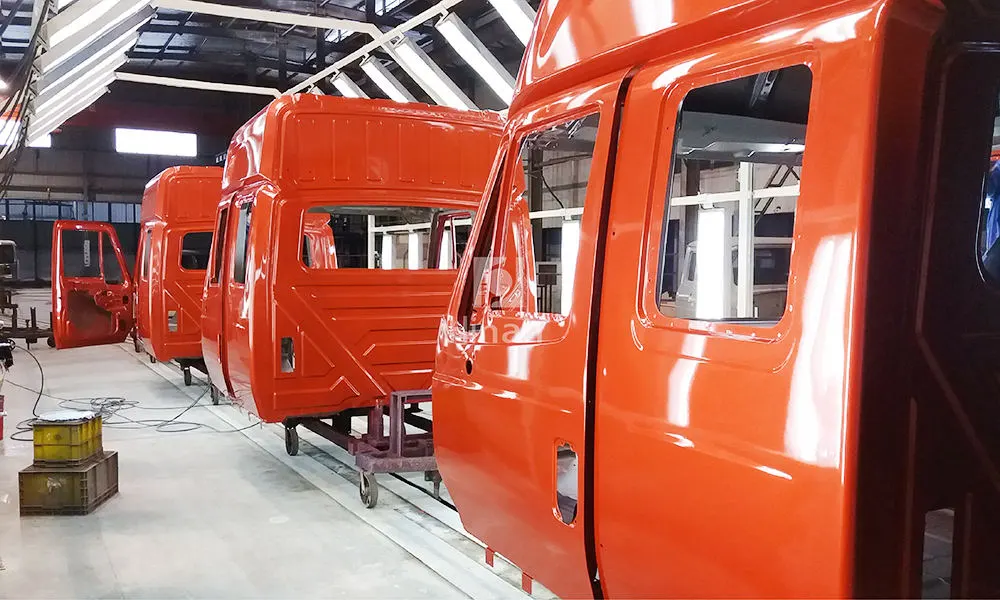Walking through a modern manufacturing facility, the distinct hum of a powder paint oven is often the sound of quality and efficiency in action. This essential piece of equipment is the heart of the powder coating process, transforming electrostatically applied powder into a durable, high-performance finish. Whether you're coating automotive parts, architectural aluminum, or outdoor furniture, the right oven is not just a purchase—it's a long-term investment in your product's integrity and your company's profitability. In this detailed guide, we'll walk through the seven most critical factors to consider when selecting a powder paint oven, drawing on the extensive industry expertise of HANNA to help you make an informed decision.
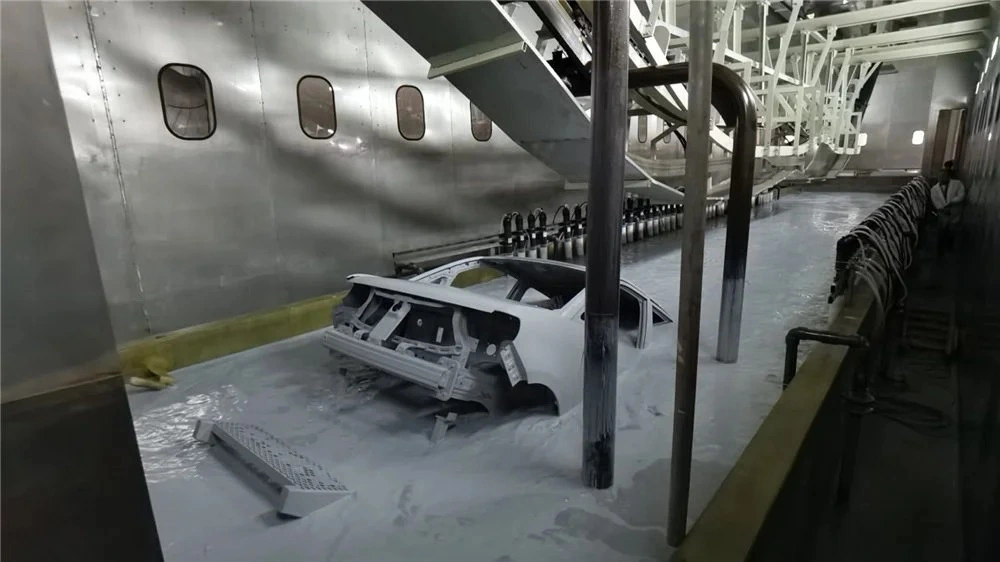
Understanding the Basics: What is a Powder Paint Oven?
At its core, a powder paint oven is a thermally insulated chamber used for the curing or cross-linking of applied powder coatings. Unlike traditional liquid paint that air-dries, powder coating requires precise, controlled heat to melt the powder particles, allowing them to flow and form a continuous film before chemically hardening. This process creates a finish that is far more resistant to chipping, scratching, fading, and corrosion than conventional paint. The fundamental job of any powder paint oven is to bring the coated parts up to a specific metal temperature and maintain it for a set period, known as the cure schedule. Getting this right is paramount, and it all hinges on the performance and design of your industrial oven.
Types of Powder Paint Ovens: Batch vs. Conveyorized
The first major decision you'll face is choosing between the two primary types of ovens: batch and conveyorized.
A batch oven, such as a walk-in or cabinet-style model, is ideal for lower-volume production, large or irregularly shaped parts, and job shops that handle a wide variety of items. Parts are loaded in batches, cured, and then unloaded. This style offers great flexibility but can create a bottleneck if your production volume increases.
On the other hand, a conveyorized oven (or continuous oven) is designed for high-volume, consistent production. Parts are loaded onto a conveyor that moves them through the heating and cooling zones at a controlled speed. This type of powder paint oven provides a consistent workflow, maximizes throughput, and is perfect for assembly line manufacturing. For businesses with growth in mind, many suppliers like HANNA offer custom powder paint oven solutions that can be designed as hybrid systems or scaled up over time.
The Technology Behind the Heat: Convection vs. Infrared
The method of heat transfer is another crucial technological choice, primarily between convection and infrared.
Convection Ovens: These are the most common type of powder paint oven. They work by heating air, which is then circulated around the parts using a fan system. This provides very even, consistent heat, making it excellent for complex parts with deep recesses or varying thicknesses. The main drawback is a longer heat-up and cure time compared to infrared.
Infrared (IR) Ovens: IR ovens use electromagnetic radiation to directly heat the part and the powder coating, much like the sun warms your skin. This results in significantly faster cure times—sometimes just a few minutes—and higher energy efficiency. However, they can struggle with shadowing effects, where areas not in the direct line of sight of the emitters may cure unevenly.
Many advanced custom powder paint oven designs from leading brands like HANNA combine both technologies, using IR for rapid heat-up and convection for a thorough, final cure, offering the best of both worlds.
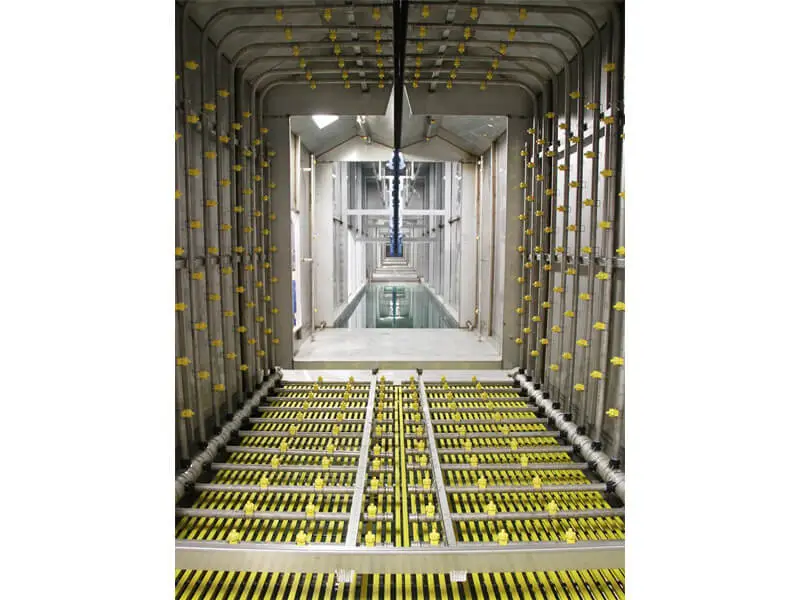
Critical Sizing and Capacity Considerations
An undersized oven will cripple your production, while an oversized one will waste enormous amounts of energy and floor space. Properly sizing your powder paint oven requires a careful analysis of several factors:
Part Dimensions and Weight: What is the largest part you will need to cure? You must account for not just the part size, but also the racks or fixtures used to hold it.
Production Throughput: How many pounds or square feet of product do you need to coat per hour or per shift? This determines the necessary internal dimensions and heat capacity of the oven.
Future Growth: It's often wise to invest in a system with 15-20% extra capacity to accommodate future business growth without needing an immediate replacement.
Energy Source and Operational Efficiency
The choice between natural gas and electricity as a fuel source has significant implications for your operating costs and facility requirements.
Natural Gas Ovens: Typically have lower operating costs and are preferred for large, high-temperature applications. They require a gas line and proper ventilation.
Electric Ovens: Are cleaner, easier to install, and offer precise temperature control. However, electricity is often more expensive than gas, which can lead to higher running costs for large systems.
Modern powder paint oven designs from HANNA focus heavily on energy efficiency, incorporating features like high-efficiency burners, improved insulation, and heat recovery systems to reduce the total cost of ownership.
The Value of Customization and Control Systems
While standard ovens exist, most manufacturing environments benefit greatly from a custom powder paint oven. Customization can include specific door configurations, unique conveyor layouts, multi-zone temperature control, and specialized air flow patterns to ensure even heat distribution on complex parts.
The control system is the brain of the operation. Modern ovens feature programmable logic controllers (PLCs) and touch-screen Human Machine Interfaces (HMIs). These systems allow operators to store and recall cure recipes for different products, monitor energy consumption, and receive diagnostic alerts. Partnering with an experienced manufacturer like HANNA ensures your custom powder paint oven is equipped with a control system that is both powerful and user-friendly.
Cost Analysis and Return on Investment (ROI)
The price of a powder paint oven can range from tens of thousands to hundreds of thousands of dollars, depending on size, features, and level of customization. When evaluating cost, look beyond the initial purchase price. Consider the total cost of ownership, which includes:
Installation and ductwork
Energy consumption
Maintenance and spare parts
Potential production downtime
A well-designed, efficient powder paint oven from a reputable supplier like HANNA may have a higher upfront cost but will pay for itself over time through reduced scrap rates (due to consistent curing), lower energy bills, and higher overall throughput.
Selecting the right powder paint oven is a complex but critical decision that impacts your product quality, operational efficiency, and bottom line. By carefully evaluating your needs in terms of production type, technology, size, and control, you can choose a system that will serve your business for years to come. Remember, this is not just a piece of equipment; it's the final, crucial step in creating a finish that your customers will see and judge. Trusting an industry leader like HANNA to provide a robust, efficient, and potentially custom powder paint oven is the first step toward achieving a superior finish and a stronger competitive edge.
Frequently Asked Questions (FAQs)
Q1: What is the difference between a powder paint oven and a dryer?
A1: A dryer typically refers to equipment that removes moisture (e.g., from a wet paint film or a washed part), operating at lower temperatures. A powder paint oven, specifically a curing oven, uses much higher heat to trigger a chemical reaction that hardens the powder coating, creating a durable finish.
Q2: How long does it typically take to cure powder coating in an oven?
A2: Cure time depends on the powder manufacturer's specifications, the part's mass, and the oven type. Typically, parts need to be held at the target metal temperature (often between 350°F - 400°F / 177°C - 204°C) for 10 to 20 minutes. A properly calibrated powder paint oven is essential for maintaining this schedule.
Q3: Can I retrofit or upgrade my existing powder paint oven?
A3: Yes, many upgrades are possible to improve efficiency and performance. HANNA and other specialists offer retrofit services that can include upgrading insulation, installing more efficient burners, adding advanced PLC controls, or integrating energy recovery systems to an existing powder paint oven.
Q4: What safety features are critical for a powder paint oven?
A4: Essential safety features include over-temperature protection with independent limits, proper ventilation to remove fumes, well-insulated walls and doors, emergency stop buttons, and, crucially, explosion venting or suppression systems, as powder dust can be a combustible hazard in certain conditions.
Q5: Why should I consider a custom powder paint oven over a standard model?
A5: A custom powder paint oven is designed to fit your unique production needs, space constraints, and specific parts. This results in optimized workflow, higher energy efficiency, and superior finish quality. For manufacturers with specialized applications or growth plans, a custom solution from HANNA often provides a better long-term ROI than trying to force a standard oven to fit a non-standard process.


